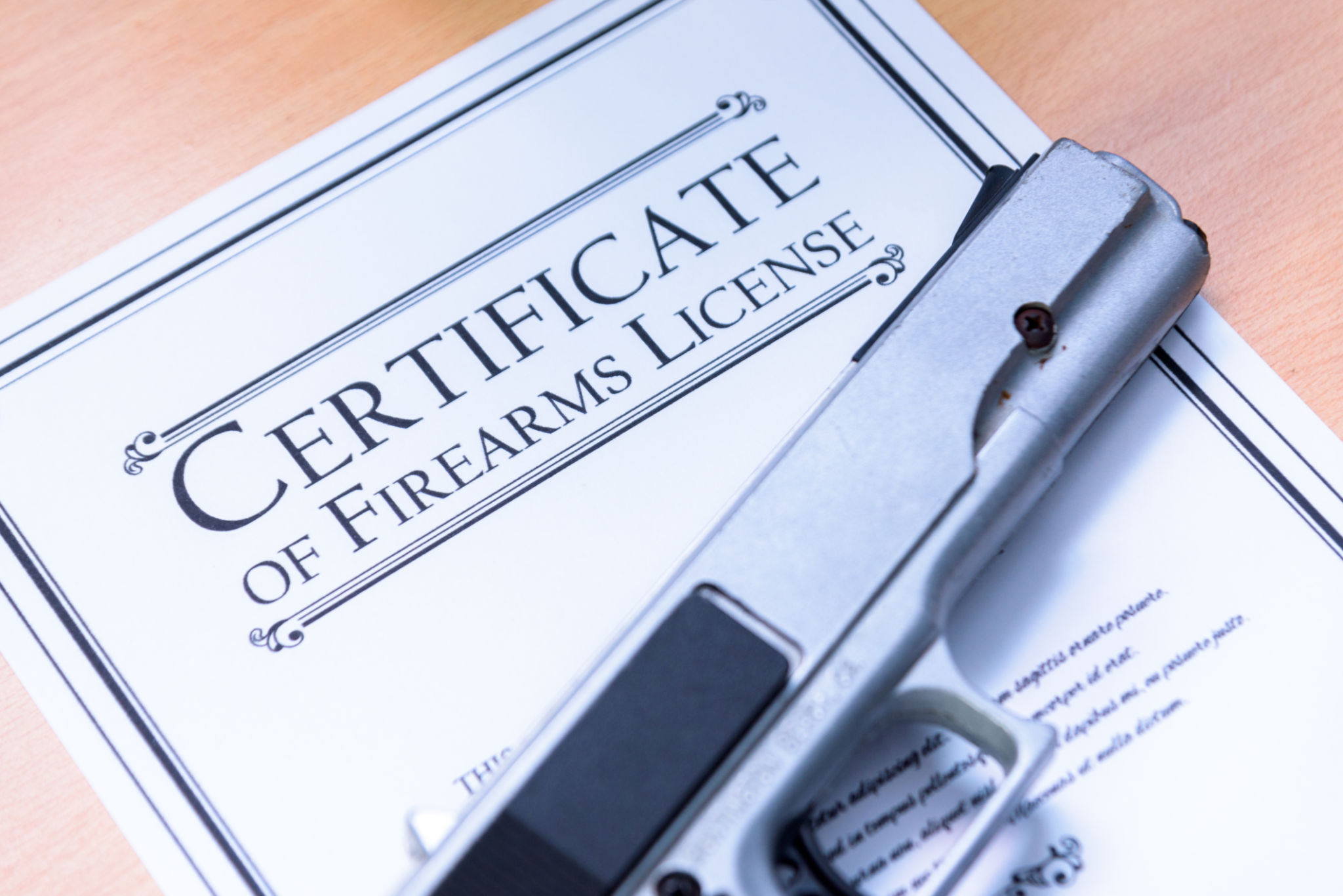Understanding Firearm Regulations in Your Area
Introduction to Firearm Regulations
Understanding firearm regulations in your area is crucial for anyone considering owning or using a firearm. Navigating these laws can be complex, as they vary significantly from one region to another. Whether you're a new gun owner or someone interested in learning more about local laws, this guide will help you get started.
Firearm regulations are designed to ensure public safety and to prevent misuse. These laws cover various aspects, including who can own a firearm, what types of firearms are permitted, and how they must be stored and transported.

Types of Firearm Regulations
Federal vs. State Laws
In the United States, firearm laws are governed by both federal and state regulations. Federal laws provide a baseline for nationwide standards, but state laws can be more restrictive. It's essential to be aware of both sets of laws to ensure compliance. For example, some states require permits for all firearm purchases, while others do not.
Licensing and Permits
Many areas require individuals to obtain a license or permit before purchasing a firearm. The process often involves background checks and safety training courses. This step is intended to ensure that firearms are only accessible to individuals who are legally permitted and knowledgeable about safe handling practices.

Ownership and Usage Restrictions
Age and Background Requirements
Most regions have specific age requirements for firearm ownership. Typically, individuals must be at least 18 years old to purchase rifles or shotguns and 21 for handguns. Additionally, background checks are performed to ensure that the individual does not have a felony conviction or a history of mental illness that could pose a risk.
Types of Firearms Allowed
Regulations often dictate which types of firearms are legal to own. For example, automatic weapons may be prohibited, while semi-automatic weapons might be allowed under certain conditions. Understanding these distinctions is vital for legal compliance.

Safe Storage and Transportation
Storage Requirements
Proper storage of firearms is critical for safety and legal compliance. Many areas have laws mandating that firearms be stored in a locked safe or with a trigger lock when not in use. This reduces the risk of accidental discharge or theft.
Transporting Firearms
When transporting firearms, it is important to follow local laws regarding how they should be carried in vehicles. Typically, firearms must be unloaded, with ammunition stored separately. Some regions may also require the use of locked cases during transport.
Concluding Thoughts
Navigating the complexities of firearm regulations requires diligence and awareness. By staying informed and adhering to both federal and local laws, you can ensure responsible firearm ownership and contribute to community safety.
If you're unsure about specific regulations in your area, consider reaching out to local law enforcement agencies or legal experts specializing in firearm laws. Staying educated and informed is the best way to ensure compliance and safety.
